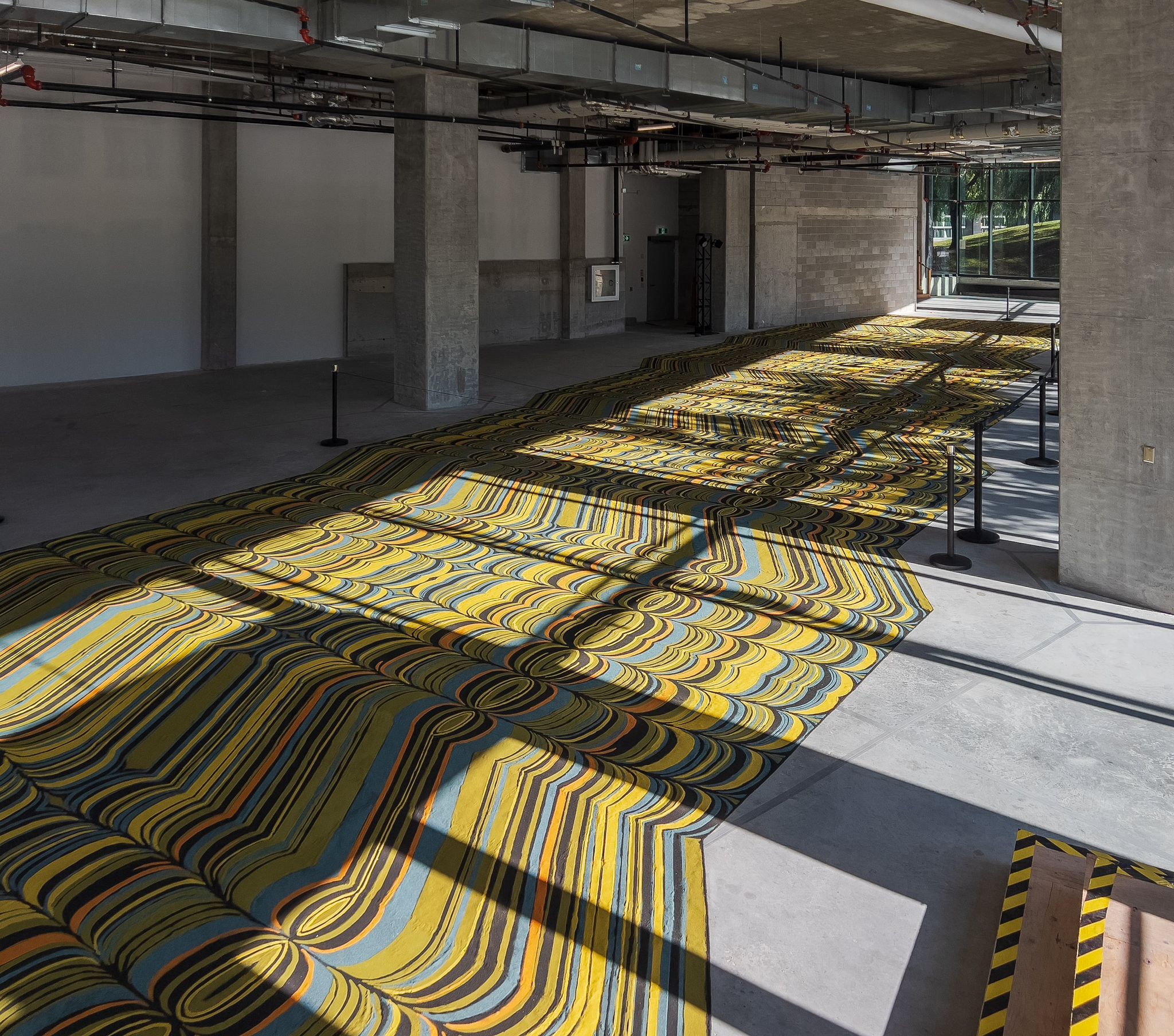Every year, displays of contemporary art illuminate the skies of Toronto. This weekend-long festival transforms the streets, walkways, and squares of the city into museums, stages, and open galleries. The visitors only have one goal — to discover as many installations as possible before dawn.
This year’s festival ran from 7 p.m. on Oct. 4 to 7 a.m. the following morning. Visitors had over 150 projects to choose from, some of which were produced by York alumni. According to Art Critique magazine, this made it “the most extensive Nuit Blanche for the city to date.”
In the words of York sociology Professor Sheila Cavanagh, “Nuit Blanche provides a forum for Toronto-based artists to reimagine the geo-politics of space, identity, and difference. Supporting the arts is essential to the formation of a vibrant and inclusive city.”
The theme selected for this year’s showing was “Bridging Distance.” It explores the effect of distance on human feeling, as well as socio-political relationships, and displays how people from separate realms can understand one another’s experience.
One notable art piece which focused on the reconnection and reconciliation that comes with substantial distance was “Sing Sing (Starfield)” by Germaine Liu.
The work is a combination of visual and sonic elements. “Sing Sing,” meaning “star, star” in Cantonese, is a depiction of a galaxy where the stars are reactive to musical patterns spoken by audience members, which continue until deactivated.
The work of PhD student Shannon Garden-Smith titled “Snail-work” (for the lake) has also come into the spotlight.
The artwork is a large surface of unfixed, dyed sand, which is arranged to mimic the movements of a snail, serves as an homage to lake Ontario. Smith describes her work as a “collective performance” as she invites the audience to glide through the painting in the same elegant determination, leaving behind unique patterns that serve as records of their presence.
“The work really occurs when people move through it, undoing the meticulously laid pattern to create a new pattern that becomes an unfixed record of everyone’s engagement with it,” she tells Excalibur.
The art piece brings the concepts of time, labour, and sustainability to display the process of natural creation. Smith shares she drew inspiration from her research of sand as the second most used resource in the world, an essential component of concrete and glass. Driven by the idea of its finiteness, Smith wanted to critique the unsustainable resource extraction processes in her artwork.
“For me, bridging distance is also about re-feeling material and land which has been here all along but which has been made invisible through colonial logics of extraction, commodification, and privatization,” she says.
Smith tells Excalibur that the experience of sharing her work with the public was a very moving one. “Thousands of people had the opportunity to engage with the work over the course of twelve hours and then through an additional week, when the work was still open to the public,” she says.
Any artist can propose their work to be featured at Nuit Blanche, either by promoting a self-funded piece, or pitching for the art to be funded and produced by the city. Nuit Blanche 2025 awaits daring perspectives to challenge and inspire its sleepless viewers. The applications are now open.


